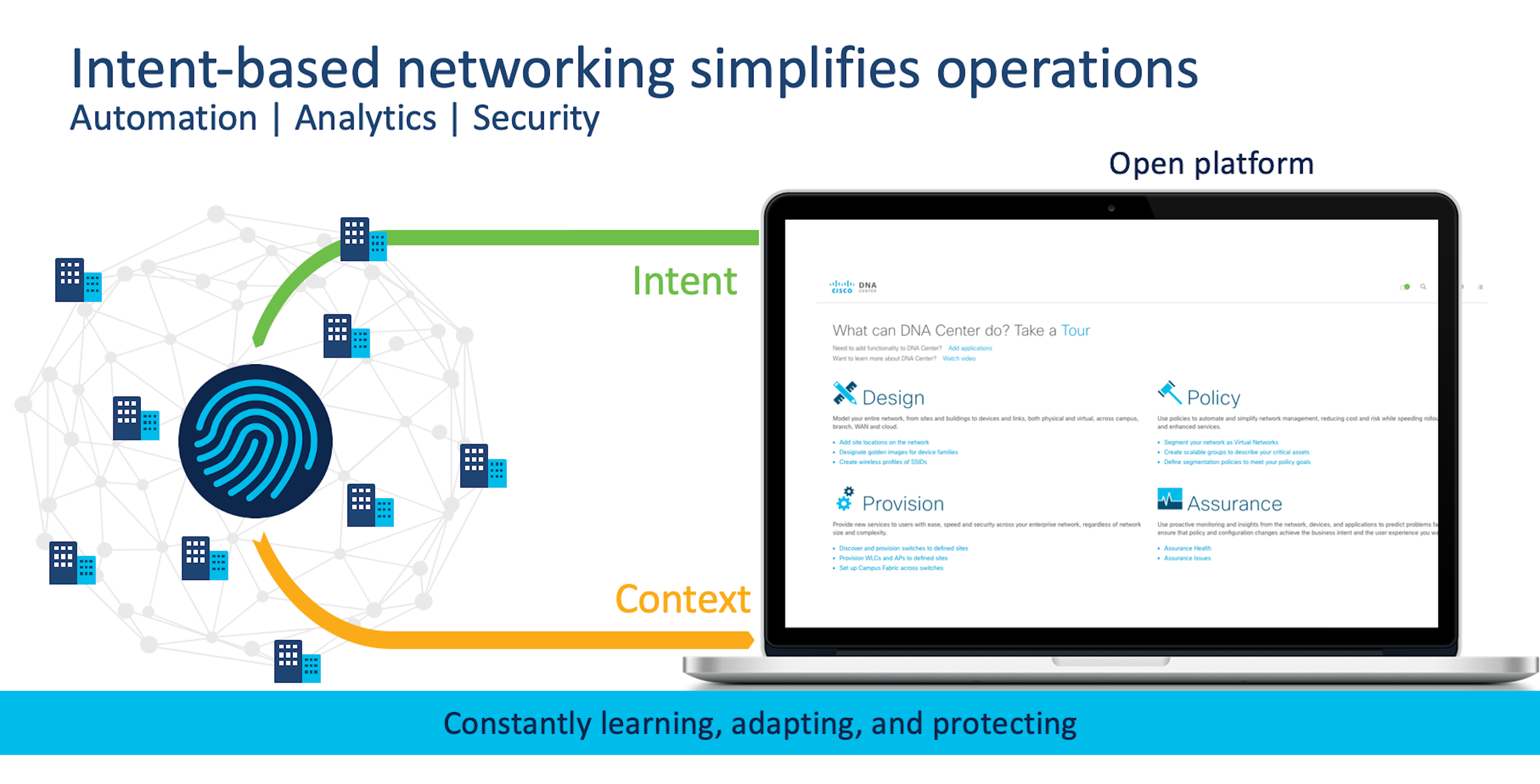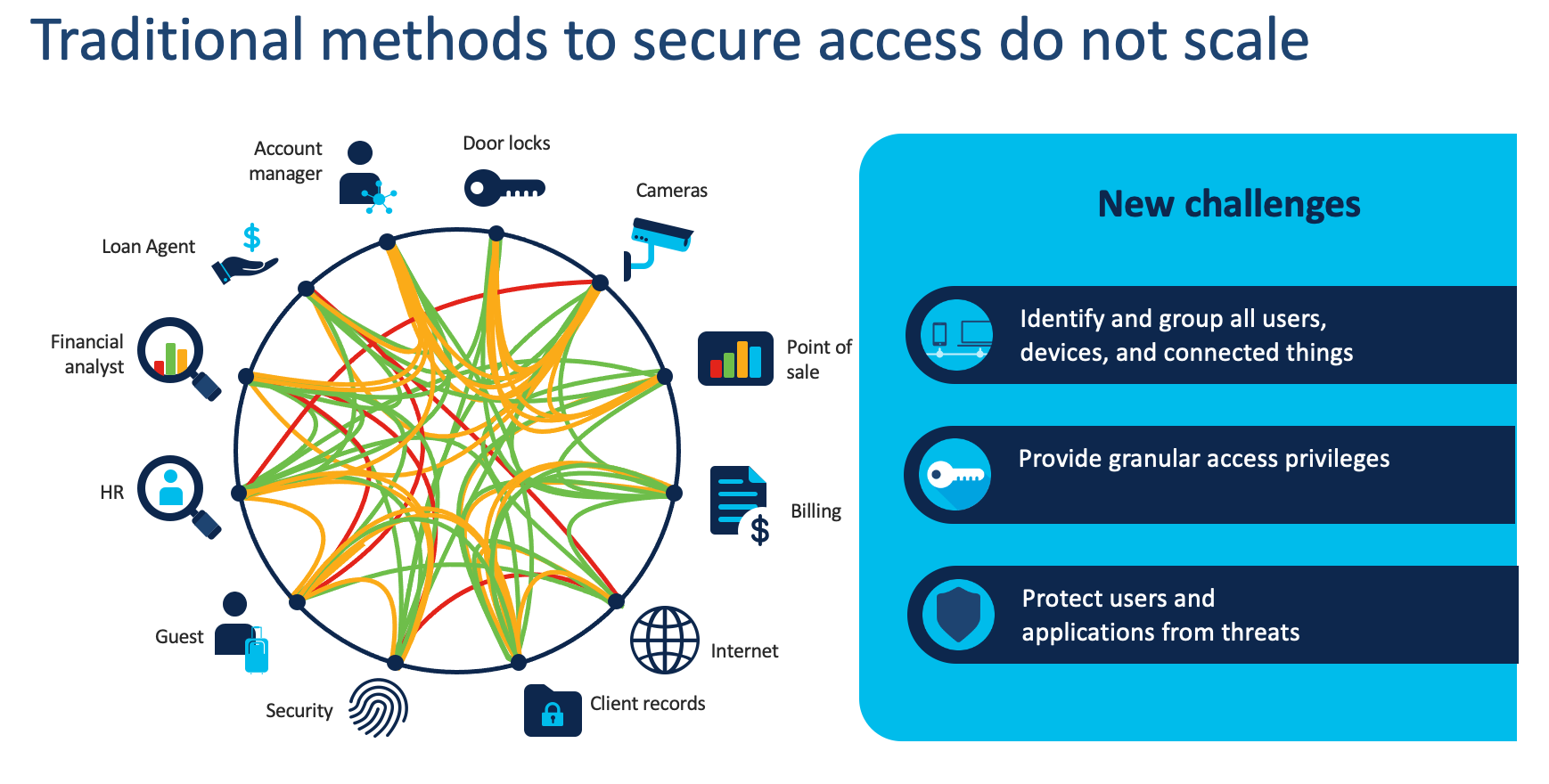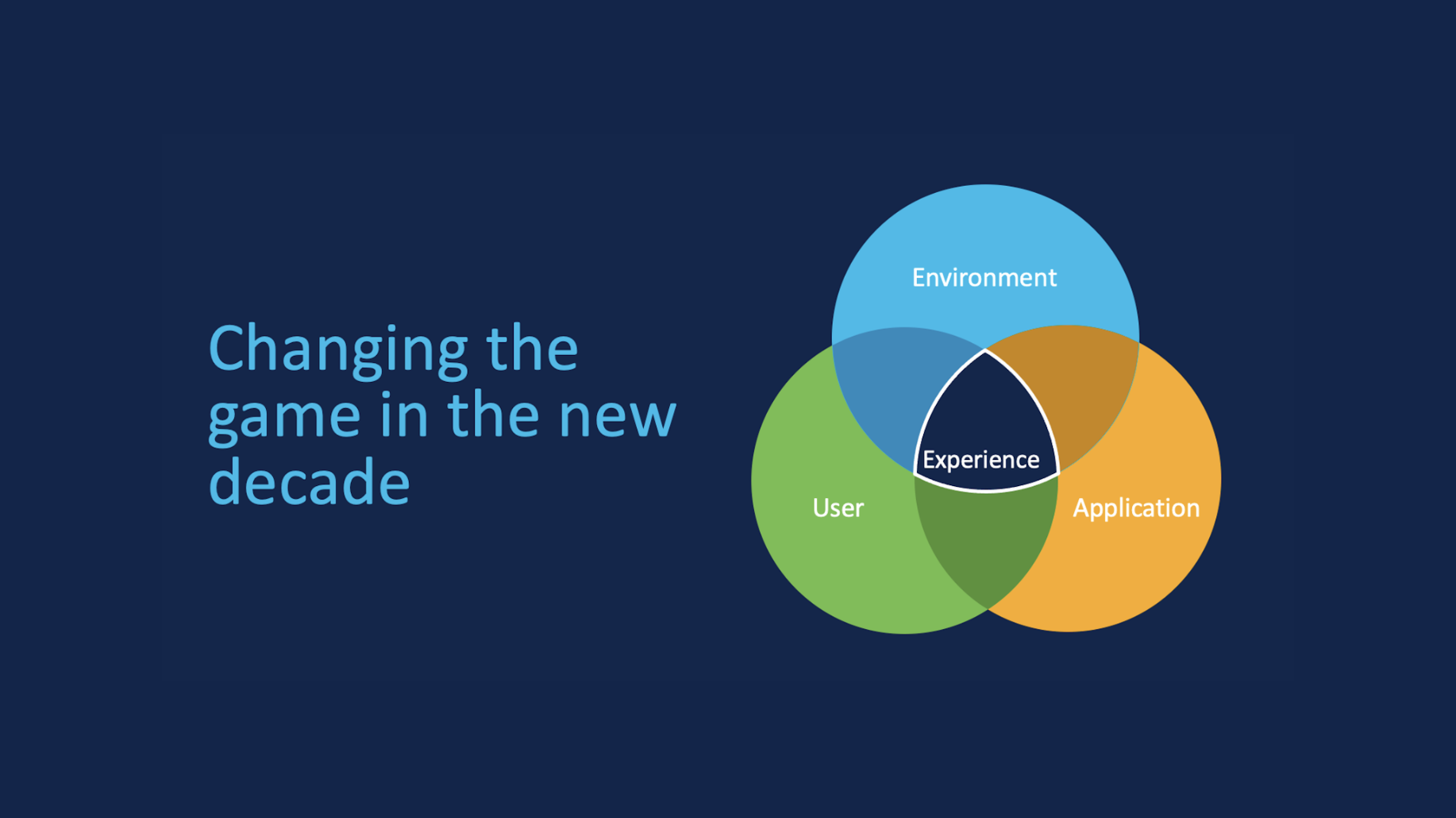Part 1 of the 2-part series – Campus and Branch Network Management Platforms
You may have been managing your campus or branch network with Cisco Prime Infrastructure or using open-source automation tools such as Ansible or home-grown tools to configure your network. Or you simply log into individual devices to upgrade and manage your Cisco switches, routers, and Wireless LAN Controllers. Or maybe you are interested in learning about ways to leverage tools integration for automation and orchestration, to keep up with digital transformation trends that are impacting traditional networks today. Whatever the reason you chose to read this article, I am glad you are here. You sure are in for a treat.
Before I start getting into the weeds of things though, this article is not meant to compare the products and solutions I am about to share with you. It is not going to be about feature parity or compatibility matrices. Each solution is unique to address the business needs of our customers. This article will help you learn, in one place, solutions that Cisco has put together to help you make the best decision for your campus & branch network management needs. Now that we are on the same page, let’s get to it.

First, here are some of the aspects driving the digital network transformation today; this is not an exhaustive list.
- Network Complexity: One of the biggest challenges for network managers is the growth of IT costs within network operations. As the network and end-user requirements evolve, traditional network operations such as manual changes become expensive for complex networks.
- The explosion of data and devices is starting to outpace customers’ IT capabilities. For example, research shows that by 2030, each person will own about 15 connected devices.
- IoT devices to bring connectivity to unconnected devices is becoming the norm and embraced by various industries, especially in the wake of reimagining the office of the future, which requires the need for different infrastructure.
- Hybrid workspace: Especially now more than ever, due to the covid-19 pandemic, companies have had to make a quick shift and move the workforce to work remotely which presents new challenges for operations. Customers only have visibility at the edge of the network as their users rely on the internet to get work done. Research shows that hybrid workspace is here to stay, as some workers will prefer working remotely over traditional office space.
- Cloud Migration: Most organizations today have a “cloud-first” strategy, as referenced by Gartner here: “Cloud is the powerhouse that drives today’s digital organizations”. Leveraging services that are offered and hosted by public cloud providers means less overhead. Today, more computing resources and applications are now hosted by 3rd parties and are mainly cloud-based. While cloud acceleration is ongoing, there are some challenges that arise with cloud adoption:
- Troubleshoot: How do you pinpoint user, application, or network issues in the SaaS deployment when the internet is the new LAN, and beyond the local network operations team’s visibility?
- Secure access: As end-user devices access SaaS applications from anywhere, security becomes difficult to manage. Adopting mechanisms to continuously monitor and detect threats in the public cloud must be a priority.
- Security: The hybrid workplace model and the hybrid cloud solution create an evolving security challenge. Ensuring that there’s a zero-trust policy in place, Secure Access Service Edge (SASE) solutions adoption, and Secure Hybrid Work solution to empower and secure remote workers.
- And so many other aspects that you can add to this list…

How is Cisco working to enable our customers in this ever-changing, unpredictable digital world? With the industry’s adoption of intent-based networking, Cisco is committed to helping our customers simplify network operations, adopt secure access for devices and users anywhere, and increase network and application performance while lowering costs. We have different solutions and products at each layer of the network for a Secure Agile Network powered by Cisco Catalyst Full Stack; however, this article covers how to bring it all together in a single pane of glass by offering different ways to aggregate functionalities, features, and network devices in one place.

For campus and branch network deployments, we have network management solutions that allow our customers to design and deploy their network, their way, offering operational simplicity and flexibility.
- On-Premises Solutions (Part One):
- Cisco DNA Center Physical Appliance
- Cisco DNA Center Virtual Appliance for ESXi
- Cloud Solutions (Part Two):
- Cisco DNA Center Virtual Appliance for AWS
- Cloud Monitoring of Cisco Catalyst switches using the Meraki dashboard
With these various options, we are enabling our customers to have choices for a solution that suits their IT needs, from business and technical requirements to their IT workforce size or network design needs. I will go into detail on each in a two-part series so please be on the lookout for the second part.
On-Premises Campus & Branch Network Management Options
1. Cisco DNA Center Physical Appliance
What’s Cisco DNA Center?
The first solution I am covering is the physical appliance. Cisco DNA Center is the command-and-control center for intent-based networking, a powerful network controller that expands on software-defined networking with translation, activation, and assurance elements. Cisco DNA Center is at the center of the IT/OT transition into the four IT personas, providing the digital agility to drive network insights, automation, and security while promoting key capabilities and tools to help in skill cultivation and changed operational models.

Cisco DNA Center allows customers to take charge of their network with granular views and detailed drill-downs on devices or clients anywhere on the network. It also allows customers to deploy networks in minutes, perform device upgrades and patches network-wide with a single click, ensure configuration consistency and save your team time.
What does Cisco DNA Center do?
With analytics and assurance, Cisco DNA Center provides network visibility, observability, and insights, ensuring the health and experience of users, applications, and infrastructure. Artificial Intelligence/Machine Learning (AI/ML) is packaged within Cisco DNA Center in an easy consumption interface that can deliver value in minutes and allow IT teams to work smarter and elevate the level of service to the users and organization
Last but not least, Cisco DNA Center automates micro-segmentation and deployment of group-based policies, integrate third-party network policy server, and react instantly to the latest security threats.
Cisco DNA Center Physical Appliance
Cisco first introduced Cisco DNA Center physical appliance in 2017. We launched it with the first generation, and we are currently on the second generation, noted as “DN2” in the part number below. The second generation has various flavors that can be installed on customer premises data centers:
- Medium size, with part number DN2-HW-APL, a 44-core UCS C220 M5 server
- Large size, with part number DN2-HW-APL-L, a 56-Core UCS C220 M5 server
- Extra Large size, with part number DN2-HW-APL-XL, a 112-core UCS C480 M5 server
For increased scale requirements for large deployments, a 3-node cluster of 112-core appliances can serve up to 3x the number of endpoints. Installing, configuring, and onboarding devices is a do-it-yourself style, offering operational flexibility, and a high-touch approach. Here are the resources to get you started:
Customers who might prefer the Cisco DNA Center Physical Appliance:
- Government agencies with strict security requirements may not want to deploy management solutions in the cloud
- Customers using DNA features with air-gapped networks, or have compliance requirements
- Customers with requirements for an on-premises management platform
- Customers who are not comfortable with managing cloud or virtual environments
2. Cisco DNA Center Virtual Appliance for ESXi
The second solution covered in this article is Cisco DNA Center Virtual Appliance, for VMware ESXi deployments. Virtualization technology has changed the world of IT as we know it and enabled cloud computing. Due to its flexibility and cost benefits, it has become more and more prevalent and embraced by more customers. That is the reason Cisco announced at Cisco Live in June 2022 about the Cisco DNA Center Virtual Appliance, which provides customers new deployment options and the ability to choose between customers’ data centers or public and private clouds.

Both the Cisco DNA Center Virtual Appliance for ESXi and for AWS (that I cover in the second part) are expected to have feature parity with today’s physical Cisco DNA Center physical appliance I talked about in point number 1, starting with the medium size appliance (DN2-HW-APL). Cisco DNA Center features such as assurance, automation, software-defined access, and integration will be supported on a virtual appliance as they are on a physical appliance.
For Cisco DNA Center Physical Appliances, high availability consists of three node appliances or “a cluster” designed to minimize downtime. For Cisco DNA Center Virtual Appliance for ESXi, Hyper-V High Availability can be leveraged for redundancy.
The Disaster Recovery (DR) feature for physical appliances is supported via the Main and Recovery Sites with a witness site (separate location from the other two), which resides on a virtual machine or separate server, and its role is to give the currently active site the quorum it needs to carry out disaster recovery tasks. For virtual appliance deployments, Disaster Recovery support is on the roadmap and will be added later, which can be achieved through storage-based replication and cloning functionalities.
Customers who might prefer the Cisco DNA Center Virtual Appliance for ESXi:
- Customers migrating from Prime Infrastructure virtual appliance
- Customers using DNA features and require a public or private cloud deployment
- Customers who have a need for a flexible workload
- Customers who have virtual-only infrastructure requirement
- Customers who have a cloud-first strategy or virtual-first policy
- Customers who have lean IT teams
- Customers who don’t have rack space or power support for physical servers
- Customers who have their infrastructure co-located or hosted by a co-located provider or Managed Services (MSP).
Through this article, you learned about Cisco DNA Center which can be deployed as a physical or a virtual appliance for VMWare ESXi (on the roadmap). This powerful controller simplifies and streamlines network operations. Through the dashboard, you are able to optimize and secure your network, while lowering your IT spending.
Be on the lookout for part two where I share about Cisco DNA Center Virtual Appliance for AWS as well as the ability to manage your Cisco Catalyst switches using the Meraki dashboard to facilitate cloud migration.
Want to learn more?
Join our Cisco DNA Center Weekly Overview Demo
led by experts from the Cisco DNA Center business entity team
Additional Resources:
Innovation at the inner core of Cisco DNA Center
Modernized IT: Cisco’s Road to intent-based networking
Empowering the four IT personas using Cisco DNA Center with Rings of Power
Get the most out of your network with Cisco DNA Center
Deployment Options Expand with New Cisco DNA Center Virtual Appliance
Share:
Source link

Leave a Reply